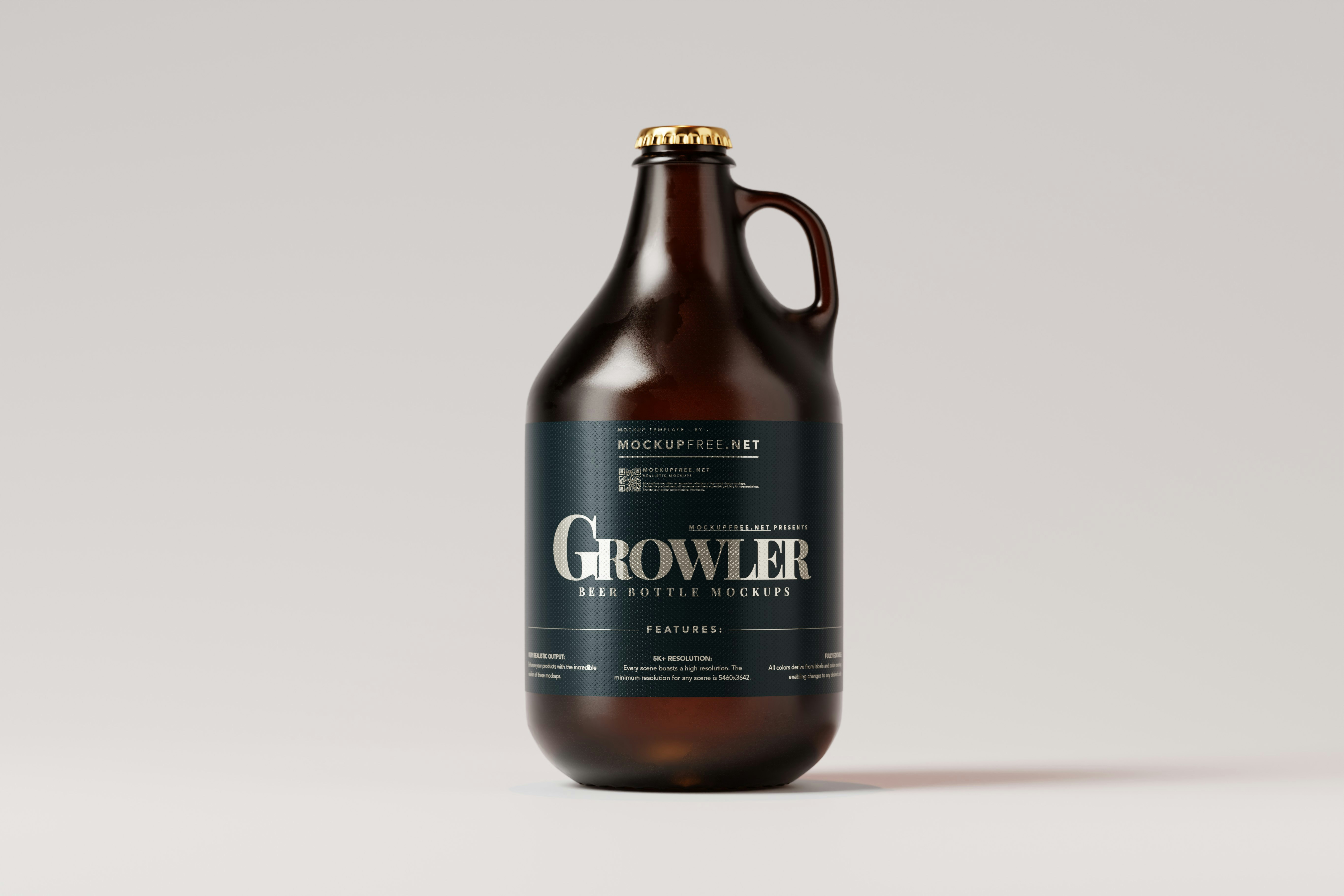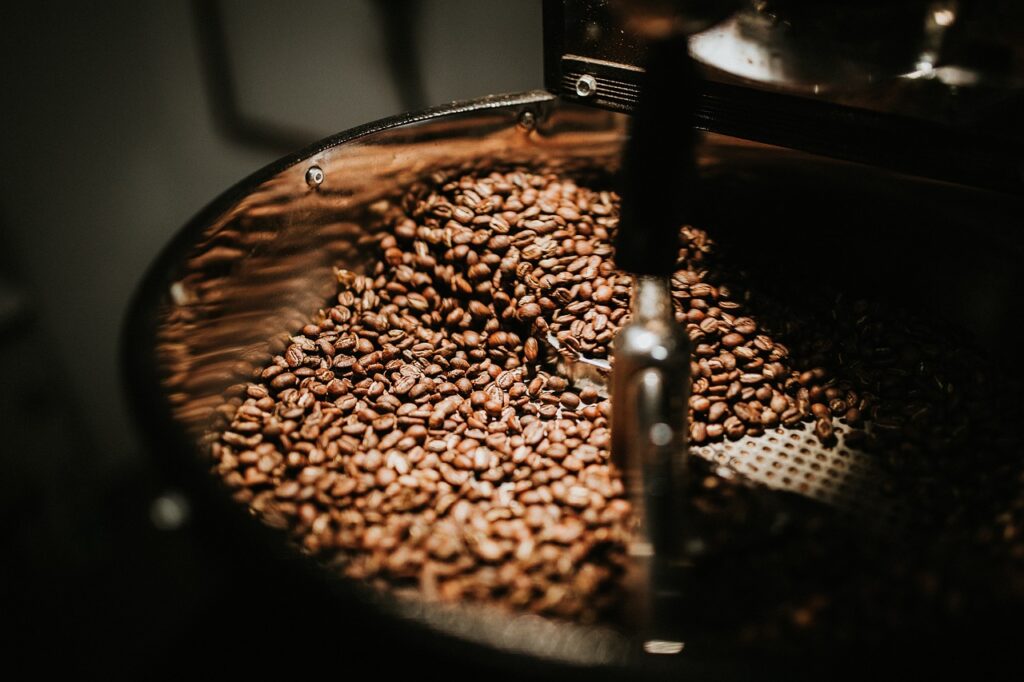What Bluetooth Roasters Bring to the Table
Roasting used to be all sight, smell, and gut instinct. Today, that’s changing fast. Bluetooth connected roasters are bringing a new level of control to both home enthusiasts and commercial operators. With an app and a few sensors, you can now monitor the entire roast curve in real time from bean temp to rate of rise without hovering over a hot machine.
The core of it all is connectivity. Apps allow you to adjust time, heat, airflow and save profiles that worked. If a batch turned out just right last Friday, re creating it next week is a tap away. Some systems even let you control the roaster from your phone, so long as you’re in range.
Roast data can sync to the cloud, giving you insight into past work. That data becomes the road map: helping you dial in small tweaks for better consistency and fewer bad batches. We’re moving from art meets science to science that strengthens the art. In short, Bluetooth isn’t just a gimmick it’s becoming the control panel for smarter, cleaner, repeatable roasting.
Sensor Tech that Makes It Possible
Precision roasting isn’t about guesswork it’s about repeatable data. Inside a Bluetooth enabled bean roaster, you’ll find a trio of core sensors doing the heavy lifting: thermocouples, humidity detectors, and airflow monitors. Thermocouples track internal temperature with split second responsiveness, so the system knows exactly when a roast hits first crack. Humidity sensors keep tabs on moisture loss, a quiet but major player in the roasting curve and final cup flavor. And airflow monitors ensure consistent circulation, which means heat distribution stays even, batch after batch.
All this data gets logged and synced, creating a live feedback loop. The advantage? You’re not flying blind. Over time, the roaster learns what works. You can recreate that perfect Ethiopian light roast, or tweak variables when your beans come in just a little denser than usual.
But there’s nuance. Too much automation and the process starts to feel sterile like you’re just pressing buttons. Too little, and you’re stuck babysitting the process, hoping your instincts are sharp enough. The best setups hit the middle ground: tech that handles precision, so you can stay focused on flavor and feel. You steer the ship, the sensors keep it on course.
Custom Roast Profiles at Your Fingertips
Bluetooth enabled apps have turned what used to be a game of instinct into a data driven discipline. Want to adjust bean temperature mid roast or change airflow on the fly? That’s now a couple of taps away. Roast profiles aren’t just born from trial and error anymore they’re crafted, logged, and perfected batch by batch.
Once you’ve dialed in a killer roast, you don’t keep it to yourself. These apps let you save and share profiles with roasting communities online. It’s no longer just about your taste preferences it’s about trading insights, building consistency, and adding to a broader bank of roasting intelligence.
And if you’ve ever stepped away during a roast only to return to the scent of burnt beans, remote monitoring solves that. Bluetooth connected roasters now offer real time alerts on your phone so you can intervene the second things go sideways. Think of it as a safety net for focus lapses.
This is what modern roasting looks like: control, collaboration, and fewer ruined batches.
Compatibility with Grinders and Brew Systems

The magic doesn’t stop when the roast ends. One of the smartest shifts in coffee tech is how roast data now feeds directly into grind size recommendations. If you’ve ever wondered why a medium roast still tastes off, chances are your grinder wasn’t talking to your roaster. That’s changing fast.
Modern Bluetooth roasters log detailed profiles bean origin, roast curve, moisture drop, development time. Some systems now sync that data with apps or brewing gear to suggest the ideal grind size based on your roast’s density and solubility. It’s not guesswork anymore. The aim: dial in faster, waste less.
This kind of integration streamlines the workflow from roast to grind to brew. Instead of tweaking and trialing for days, your setup gets smarter with every batch. Fully integrated ecosystems even push real time adjustments to smart grinders and brewers. It’s coffee automation that still leaves room for control, but trims the margin for error.
Want to dig into the grinder side of the equation? Check out The Science of Bean Grinding: Modern Grinders Explained.
Who’s Pushing the Innovation in 2026
A small but fierce cluster of brands are leading the charge in Bluetooth roasting tech. IKAWA still sets the bar for portable performance, but challengers like Kaffelogic, Sandbox Smart, and Aillio are keeping pressure on with tight app integrations, improved data logging, and smarter sensors. These companies aren’t just focusing on connectivity they’re making user experience matter by reducing guesswork and giving roast feedback that actually improves outcomes.
The gap between prosumer and commercial gear is closing fast. Roasters priced under $1,500 now offer detailed roast control, real time curve manipulation, and temperature profiling once only seen in machines built for cafes. This shift means hobbyists and small batch sellers no longer need to break the bank to get precision.
Then there’s the open API movement. Forward thinking companies are unlocking their software to let serious tinkerers and developers experiment. From custom roast apps to third party integrations with smart grinders or brew stations, the era of plug and play coffee tech is evolving into one of build and bend. The tools are getting smarter but they’re also getting more flexible.
Welcome to a roasting world where control isn’t exclusive it’s expected.
Should You Upgrade?
Not everyone needs a digital command center to make a decent cup of coffee but if you’re chasing repeatable roast perfection, Bluetooth gear earns its keep. What level of control and data do you actually need? For casual hobbyists roasting half a pound at a time, basic temperature tracking and a simple roast curve might be enough. But if you’re dialing in beans for different brew methods or roasting for others, having every data point logged and adjustable starts to matter.
The investment makes the most sense when you’re roasting regularly, experimenting with profiles, or simply tired of inconsistent batches. It’s also worth it if you’re collaborating or competing being able to share profiles, get feedback, or even repeat someone else’s success down to the degree helps you grow faster.
Bottom line: precision doesn’t just look cool it saves time, preserves beans, and gets you closer to the flavor you actually wanted without the guesswork. If you care about those things, it might be time to upgrade.
Final Grind
Roasting coffee used to be about feel listening for cracks, smelling smoke, watching color. Now, it’s about data. Bluetooth enabled roasters are taking the guesswork out of the process and replacing it with real time stats, app control, and repeatable profiles. It’s not just bells and whistles it’s control dialed in to the gram and degree.
For hobbyists, this means roasting with confidence. For professionals, it’s consistency across batches and better results in the cup. Precision isn’t just about avoiding a burnt batch it’s how flavor clarity, origin character, and roast development hit their peak. Whether you’re chasing your personal perfect espresso or fulfilling an order for a demanding café, the tools are here and they’re tighter than ever.
The bottom line: if you love roasting, you’ll love it more with better data. And Bluetooth is how you get it.
